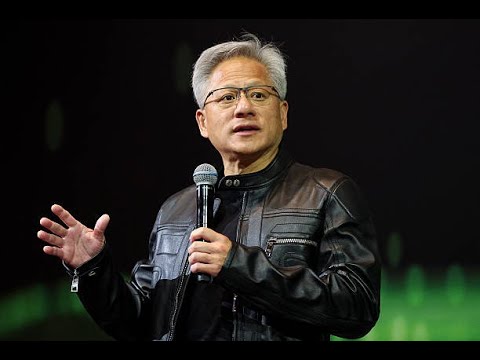Despite a slowdown in China, Nvidia has reported strong sales growth driven by rising demand for AI and large language model compute, successfully offsetting revenue losses from Chinese restrictions. While geopolitical tensions pose long-term challenges, the company’s expanding global customer base and booming AI market support a positive outlook for continued growth.
The video discusses Nvidia’s recent financial outlook, highlighting that despite a slowdown in China, the company has managed to post strong sales figures. Nvidia’s revenue was expected to be around 5% higher than the $44 billion reported, with guidance suggesting an increase of nearly 15-20%. This implies that Nvidia has effectively offset the approximately $8 billion in lost revenue from China by increasing sales to other regions and customers, demonstrating resilience and strong demand outside of China.
A significant driver of this demand is the surge in token generation related to AI and large language models. Nvidia’s exposure through its AI platform ATP has seen a tenfold increase in token generation, similar to the growth reported by tech giants like Google and Microsoft. This increase indicates a higher volume of AI queries and usage, which in turn requires more computational power. As ATP serves more users and handles more complex tasks, the need for additional compute resources becomes evident, especially since traditional CPU compute is insufficient for these AI workloads.
The discussion also touches on investor sentiment and the cyclical nature of the semiconductor industry. Despite some skepticism about whether all the positive news is already priced in, Nvidia continues to outperform competitors like Microsoft in top-line growth, maintaining high double-digit growth rates. While acknowledging that growth rates may taper as the company reaches larger revenue bases, the overall outlook remains optimistic due to the ongoing demand from hyperscalers and enterprise customers, suggesting substantial future growth potential.
A key concern raised is the impact of recent export restrictions and geopolitical tensions, particularly related to China. China historically accounted for about 20% of Nvidia’s revenue, and restrictions on sales to Chinese customers pose a significant long-term challenge. The restrictions limit Nvidia’s ability to access the Chinese market, which could result in substantial revenue loss and hinder the company’s growth prospects. The speaker emphasizes that while demand for Nvidia’s products is high elsewhere, the loss of the Chinese market represents a notable obstacle in the company’s long-term strategy.
In conclusion, while Nvidia faces some headwinds from geopolitical restrictions and industry cyclicality, its strong demand for AI compute, expanding customer base, and diversified regional sales have helped it maintain impressive growth. The company’s ability to adapt and find new revenue streams outside China has been crucial, but the long-term impact of export restrictions remains a key concern. Overall, Nvidia’s outlook remains positive, driven by the booming AI market and increasing enterprise adoption, despite potential challenges ahead.
